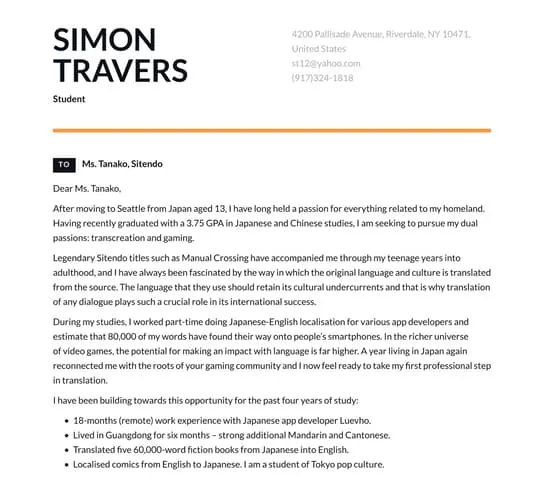What is a Cover Letter?
A cover letter is a crucial document that accompanies your resume when you apply for a job. It serves as your introduction to a potential employer, providing an opportunity to highlight your qualifications, skills, and experiences in a way that a resume alone cannot. It is your chance to make a strong first impression and demonstrate why you are the ideal candidate for the position. It should be tailored to each job application, showcasing your enthusiasm and suitability for the specific role and company. A well-crafted cover letter can significantly increase your chances of securing an interview by grabbing the hiring manager’s attention and making them want to learn more about you.
Purpose of a Cover Letter
The primary purpose of a cover letter is to persuade the hiring manager that you are the right fit for the job. It allows you to elaborate on your resume, providing context and depth to your qualifications. Cover letters give you the chance to showcase your personality, writing skills, and communication abilities, setting you apart from other applicants. They enable you to address any gaps in your employment history or explain career changes. Additionally, a cover letter allows you to express your genuine interest in the company and the specific role, demonstrating your motivation and commitment to the opportunity. By highlighting your relevant skills and experiences and connecting them to the job requirements, you increase your chances of getting invited for an interview.
Key Components of a Cover Letter
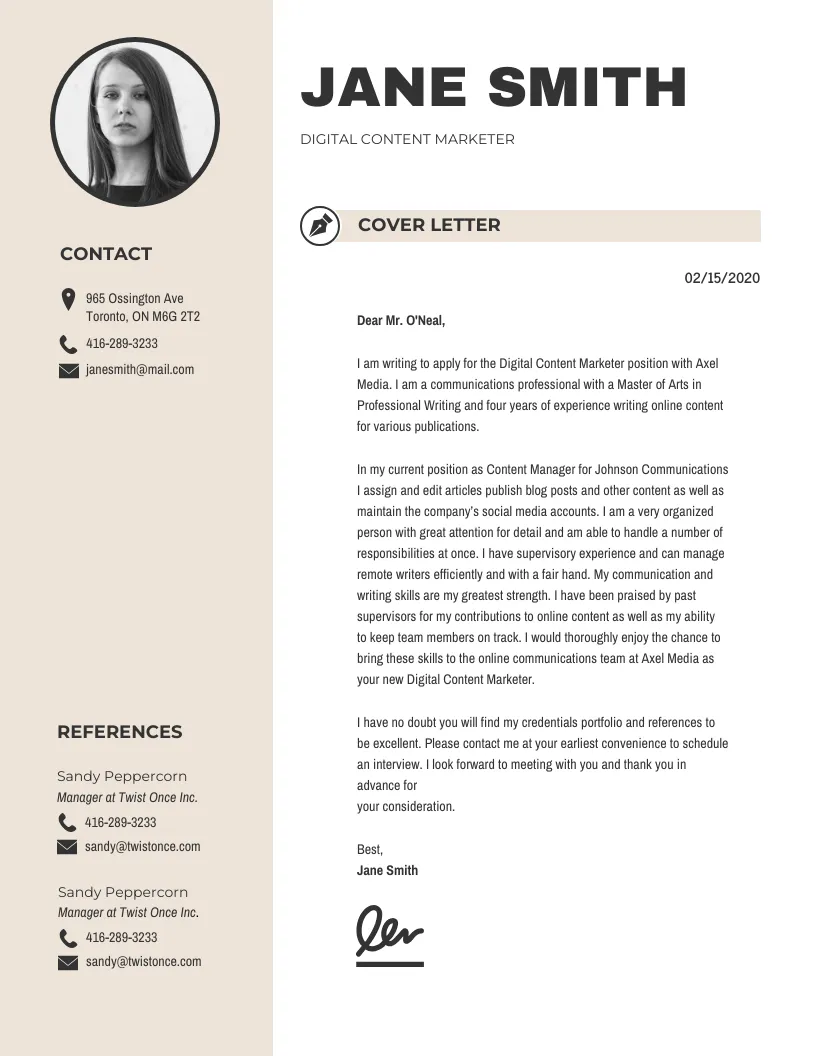
A well-structured cover letter typically includes several key components that work together to create a compelling introduction. Each section plays a vital role in conveying your message effectively and capturing the reader’s attention. Understanding these components will help you craft a professional and effective cover letter. These components, when combined thoughtfully, make a strong impression on the hiring manager, increasing your chances of getting an interview and ultimately, the job.
Heading
The heading of your cover letter should include your contact information: your name, address, phone number, and email address. It should be formatted clearly and consistently with the heading of your resume. Consider including the date as well. This ensures that the employer has an easy way to reach you and confirms that you are a professional and organized candidate. The heading is the first thing the hiring manager sees, so it is important to make a good first impression by ensuring all information is up-to-date and accurate. Consistency in formatting between your resume and cover letter is key for a polished look.
Greeting
The greeting sets the tone for your cover letter. Ideally, you should address the hiring manager by name, which shows that you have researched the company and the specific role. If you cannot find the name of the hiring manager, a professional greeting like ‘Dear Hiring Manager’ or ‘Dear [Department Name] Team’ is acceptable. Avoid generic greetings like ‘To Whom It May Concern’, which can make your letter feel impersonal. Personalizing the greeting can make the letter feel more engaging and demonstrate your attention to detail. It reflects your dedication and the effort you have put into your application.
Introduction
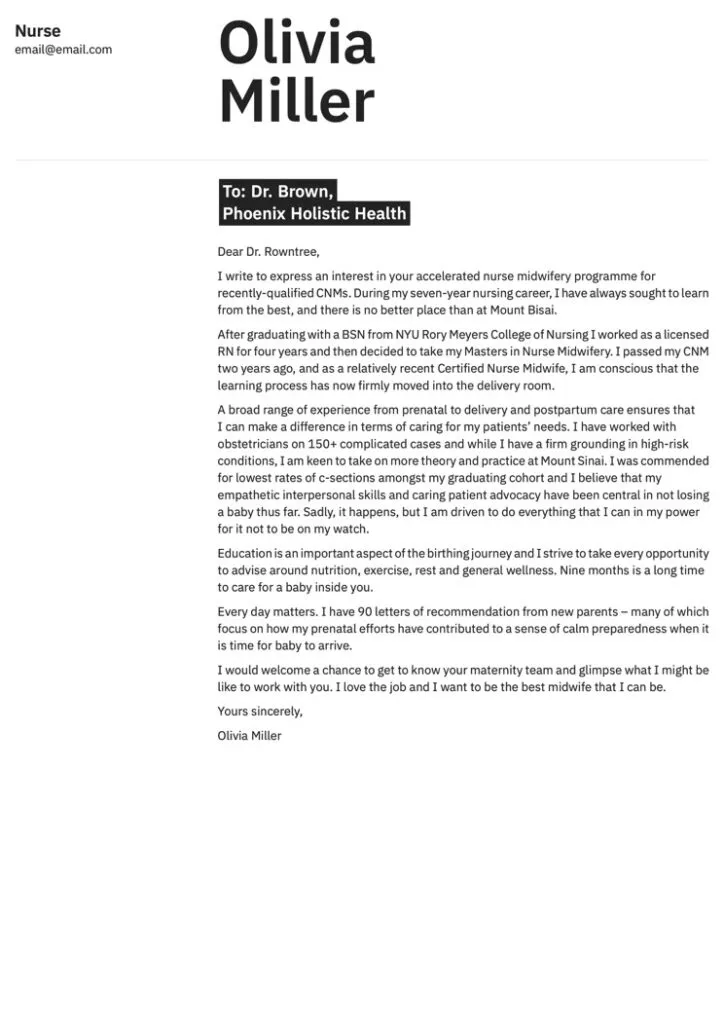
The introduction of your cover letter should immediately capture the reader’s attention. State the position you are applying for and briefly mention where you found the job posting. Quickly summarize your key qualifications and express your enthusiasm for the role. Highlight the value you can bring to the company. A compelling introduction sets the stage for the rest of your letter and encourages the reader to continue reading. Keep it concise and impactful, emphasizing your interest and showcasing your initial qualifications to the hiring manager.
Body Paragraphs
The body paragraphs form the core of your cover letter. Use these to elaborate on your skills, experiences, and achievements. Provide specific examples to support your claims and demonstrate how your qualifications align with the job requirements. Focus on the most relevant experiences and skills that align with the job description. Tailor each paragraph to highlight your accomplishments and skills, aligning them with the job requirements. The body paragraphs should provide details and substance, making it clear how you can contribute to the company and the specific role.
Highlighting Relevant Skills and Experience
In the body paragraphs, emphasize the skills and experiences most relevant to the job. Match your skills and experiences to the requirements listed in the job description, using keywords from the posting. Describe how your previous roles and projects have equipped you with these skills. Provide concrete examples of how you have used these skills in the past to achieve results. This helps the hiring manager visualize your potential contributions to their team. It shows them you have the required skills to hit the ground running and start adding value to the organization right away.
Quantifying Achievements
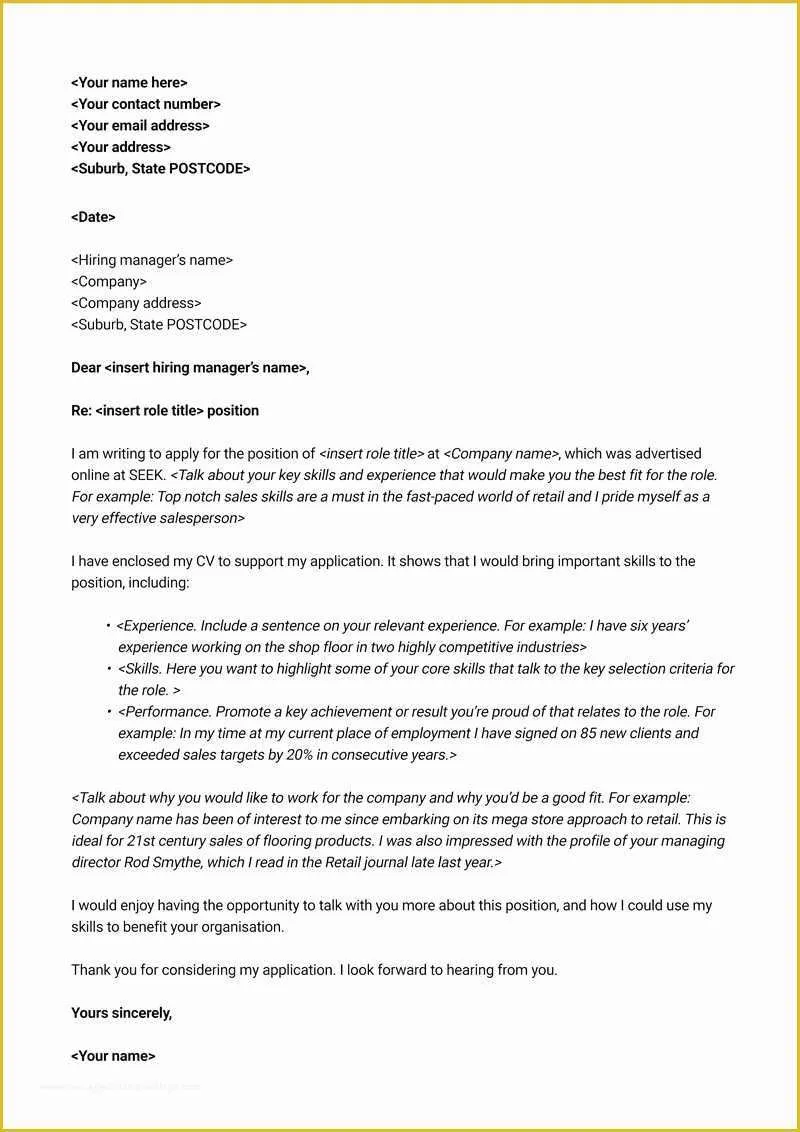
Use numbers and data to quantify your accomplishments and demonstrate your impact. Instead of simply stating you improved sales, mention the percentage increase or the specific amount of revenue generated. Quantifying your achievements provides concrete evidence of your capabilities. For example, you could say ‘Increased sales by 15% in Q4 2023’ or ‘Managed a budget of $500,000 and delivered projects under budget.’ Quantifiable achievements provide a clear and compelling picture of your impact and value.
Demonstrating Company Research
Show that you have researched the company by mentioning specific aspects that interest you, such as their mission, values, or recent projects. Explain why you are drawn to their organization. This shows the hiring manager your genuine interest in the company and indicates you have taken the time to understand their business. Demonstrate your knowledge of the company and your ability to align your goals and values with theirs. This increases your chances of standing out and demonstrating your motivation for the position.
Call to Action
Conclude your cover letter with a clear call to action. Express your interest in an interview and state your availability. Make it easy for the hiring manager to take the next step. For example, you could say ‘I am eager to discuss how my skills and experience can benefit your team. I am available for an interview at your earliest convenience.’ A strong call to action encourages the hiring manager to contact you and move forward with your application. This shows your proactiveness and enthusiasm for the opportunity.
Closing
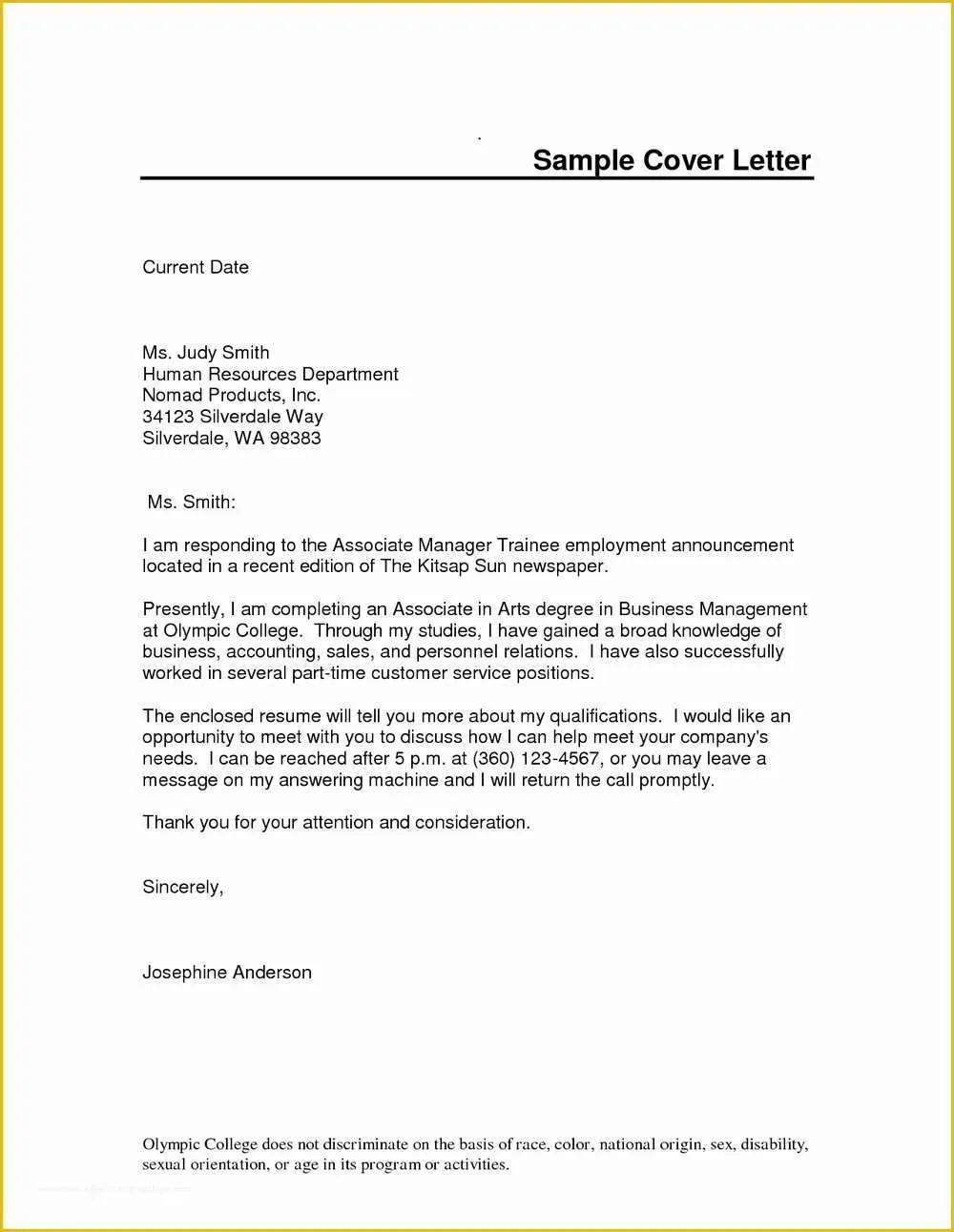
Close your cover letter professionally with a formal closing like ‘Sincerely’ or ‘Best regards’, followed by your typed name. If submitting a physical copy, leave space for your signature above your typed name. Ensure that your closing is consistent with the tone of your letter. The closing provides a final touch of professionalism and ensures a positive impression. This shows your respect for the hiring manager and your attention to detail, reflecting the standards you uphold in your work.
Types of Cover Letter Examples Online
There are several types of cover letters, each tailored to different career stages and situations. It’s important to choose the right type to match your specific needs and the job you are applying for. Understanding the various types and examples available online can significantly improve your chances of crafting an effective letter. Each type allows you to highlight different aspects of your experience and qualifications, therefore increasing your chances of getting an interview.
Entry-Level Cover Letter Examples
Entry-level cover letters are designed for individuals with limited professional experience, such as recent graduates or those just starting their careers. These letters often focus on educational achievements, internships, volunteer work, and transferable skills. Emphasize skills like teamwork, communication, and problem-solving. Highlight relevant coursework, projects, and extracurricular activities. Customize the letter to showcase your enthusiasm and eagerness to learn and grow within the role. This helps to bridge the experience gap and demonstrate your potential to the hiring manager.
Mid-Career Cover Letter Examples
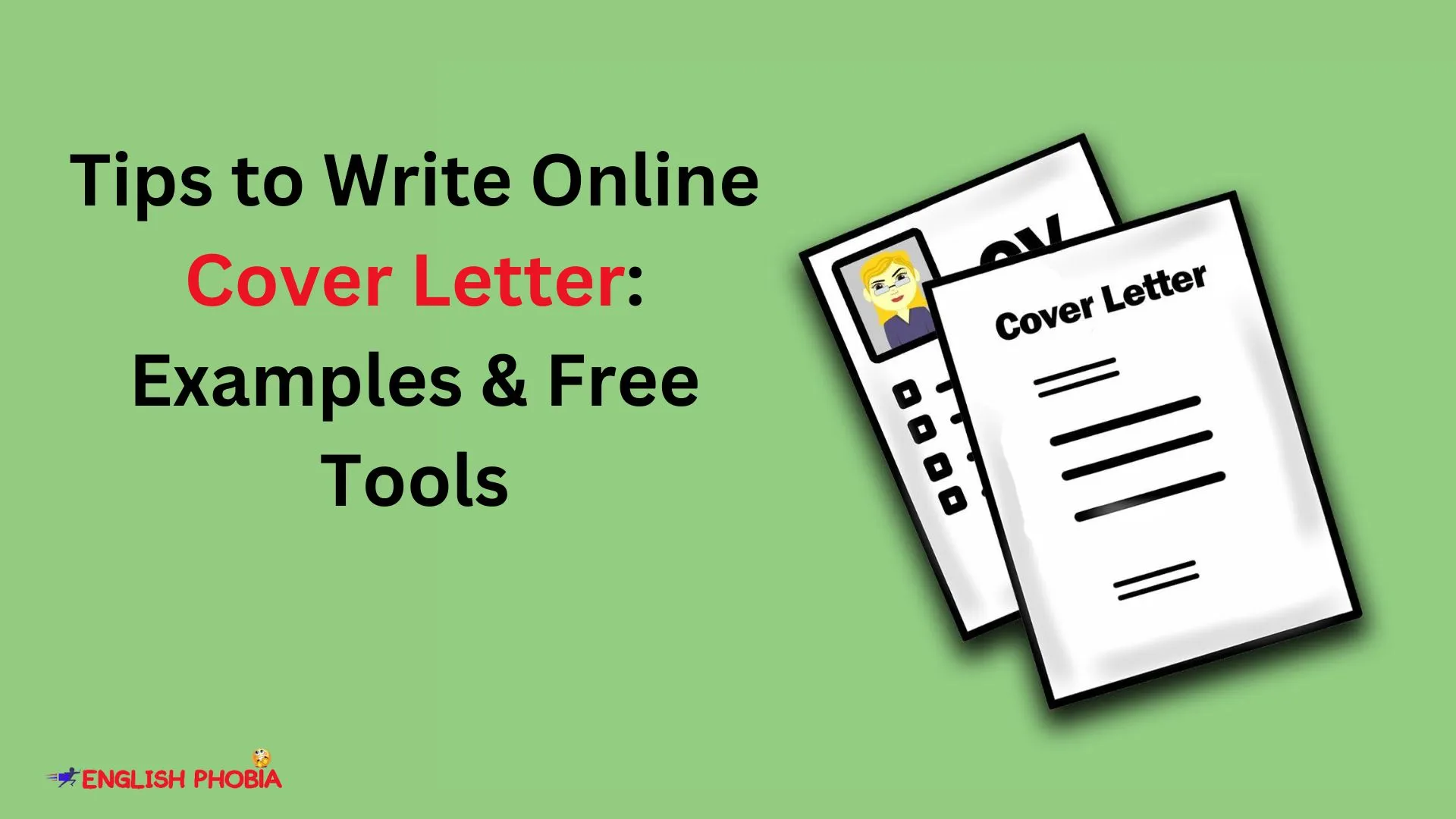
Mid-career cover letters are tailored for professionals with several years of experience. These letters should highlight your career progression, significant achievements, and a consistent track record of success. Quantify your accomplishments and focus on relevant skills and experience. Showcase your ability to lead teams, manage projects, and achieve tangible results. Tailor the letter to align with the job description and address any specific requirements. Use examples of your past successes to build credibility and demonstrate your value to the potential employer. This allows you to convey your experience and expertise, making you a competitive candidate.
Executive Cover Letter Examples
Executive cover letters are used by professionals seeking leadership positions. These letters should be concise, impactful, and emphasize your strategic thinking, leadership abilities, and accomplishments in driving business growth. Quantify your achievements with data and metrics. Highlight your experience in managing teams, making critical decisions, and achieving organizational goals. Focus on your strategic vision and how you can contribute to the company’s success. Demonstrate your ability to lead and inspire others, emphasizing the value you bring at an executive level.
Industry-Specific Cover Letter Examples
Industry-specific cover letters are tailored to the unique requirements of different industries, such as technology, healthcare, finance, or marketing. These letters use industry-specific terminology and highlight relevant skills and experiences. Research the specific needs and expectations of the industry. Showcase your understanding of industry trends and challenges. Customize your letter to reflect the specific requirements of the target industry, highlighting your ability to contribute and succeed within the field. Make sure you are addressing all the industry-related requirements.
Where to Find Cover Letter Examples Online
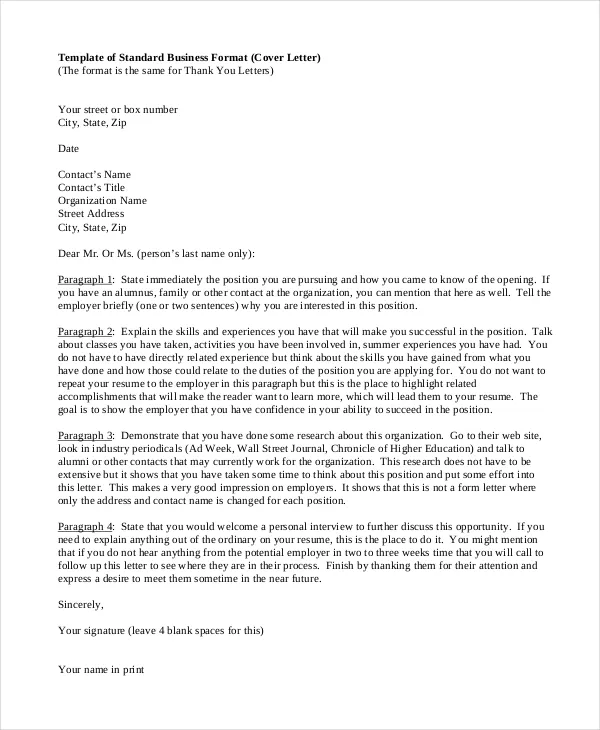
Numerous online resources provide cover letter examples to help you craft a winning application. Understanding where to find these resources will make the job search easier. Leveraging these resources ensures you can tailor your letter to the job requirements. You can save time and improve your chances of creating a professional and effective cover letter.
Job Search Websites
Many job search websites, like Indeed, LinkedIn, and Glassdoor, offer cover letter examples and templates. These resources often include samples tailored to different industries and job titles. Explore the resources offered by job search platforms. These platforms often provide guidance on how to write effective cover letters, including tips on formatting, language, and content. Utilizing these examples provides insight into what employers are looking for and helps you customize your letter.
Company Career Pages
Visit the career pages of companies you are interested in. These pages often include examples of successful cover letters, along with tips and guidelines for applicants. Review the resources provided by the companies directly. This can give you a sense of the company’s culture and expectations, allowing you to tailor your letter accordingly. Tailoring your cover letter to align with the company’s values and branding can make a stronger impression.
Professional Networking Sites
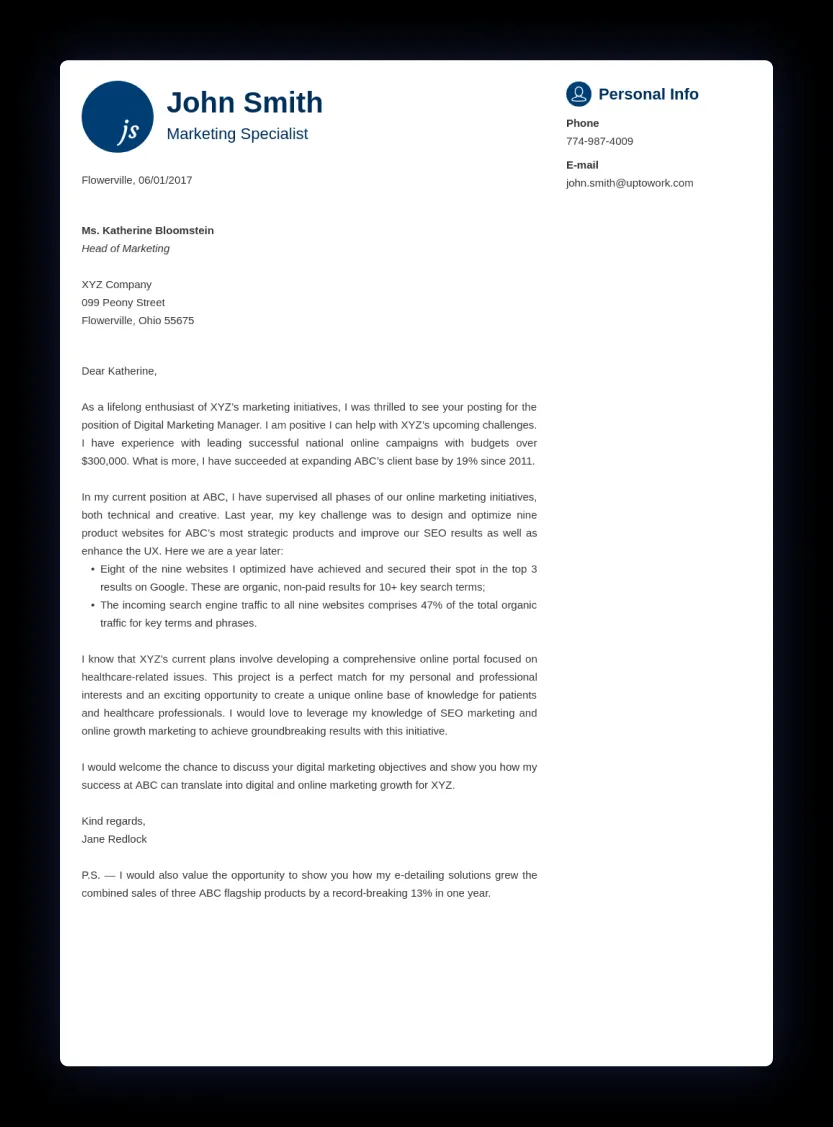
LinkedIn and other professional networking sites offer a wealth of information, including cover letter examples and advice from career experts. Search for profiles of professionals in your field and review their cover letters. Engage with career coaches and recruiters for personalized advice and sample letters. Leverage the advice of professionals in your field to create a professional cover letter. Learn from the experiences of others and gain insights into the best practices for the industry.
Tips for Customizing Cover Letter Examples
Simply copying a cover letter example is not enough. Customizing the template to fit your specific qualifications and the job description is vital. Adapt the examples to match your experience and the requirements of the role. Proper customization can make your cover letter truly stand out and increase your chances of landing an interview. Take the time to review the example and personalize it. Here are some key tips to help you customize cover letter examples effectively.
Personalize Your Letter
Use the cover letter example as a template, but personalize it with your own experiences, skills, and accomplishments. Don’t be afraid to make the letter your own. Tailor the content to highlight your unique qualifications and how they align with the job requirements. Adding your personal experiences allows the hiring manager to understand your personality and fit within the company. Personalize the letter with your unique experiences and skills.
Tailor to the Specific Job Description
Carefully review the job description and tailor your cover letter to address the specific requirements and keywords. Highlight the skills and experiences that match the job’s needs. Modify the content to directly address the job duties and responsibilities. Align the language used in your letter with the terminology used in the job description. Emphasize your ability to meet those needs to make your letter more relevant and impactful. Tailor your letter to showcase you meet all the requirements.
Proofread Carefully
Before submitting your cover letter, proofread it multiple times for any grammatical errors, spelling mistakes, or typos. Ensure that the language is clear, concise, and professional. Ask a friend, family member, or career advisor to review your letter for feedback. A polished, error-free cover letter demonstrates attention to detail and professionalism. Ensure your cover letter is completely free of errors to make the best impression.
Formatting and Design Best Practices
Proper formatting and design are crucial for making your cover letter visually appealing and easy to read. Formatting your cover letter correctly significantly improves readability and professionalism. You want to ensure your cover letter is visually appealing and easy to read. Adhering to best practices ensures that your letter is easily accessible. Pay close attention to font choices, spacing, and layout. Following these tips will help you create a well-designed cover letter.
Common Mistakes to Avoid in Cover Letters
Many common mistakes can hurt your chances of getting an interview. Avoiding these pitfalls will help you create a stronger cover letter. Knowing the common errors will ensure you do not make them on your cover letter. Addressing these common errors can significantly improve your application. Steer clear of these common mistakes to make sure your letter showcases your abilities.
Using Generic Language
Avoid using generic phrases and clichés. Tailor your letter to the specific job and company. Be specific about your skills, experiences, and achievements. Generic cover letters fail to make a strong impression. Use specific examples and tailored language to demonstrate your interest and qualifications, making it clear why you are the best candidate. Your cover letter should be uniquely written and not generic.
Focusing on Yourself Too Much
While it’s important to highlight your skills and experiences, don’t make your cover letter solely about you. Focus on how you can contribute to the company’s success. Emphasize how your skills and experiences align with the job requirements. Highlight the benefits that your skills will bring. Show the hiring manager how you can solve their problems and achieve their goals. It’s vital to focus on how you can benefit the company.
Failing to Proofread
Always proofread your cover letter multiple times before submitting it. Errors can damage your credibility and make you appear unprofessional. Carefully check for grammatical errors, spelling mistakes, and typos. Ask a friend or family member to review your letter. A polished, error-free cover letter demonstrates attention to detail and professionalism. Make sure you are free of errors because that showcases professionalism.
Cover Letter Examples Online: Final Thoughts
Using cover letter examples online can be a valuable resource in your job search. By understanding the different types of cover letters and customizing them to fit your specific needs, you can create a compelling document that effectively showcases your qualifications and increases your chances of landing an interview. Remember to tailor your cover letter to each job application, proofread carefully, and avoid common mistakes. By following these guidelines and utilizing the available online resources, you can significantly improve your job search efforts and make a strong first impression on potential employers.
